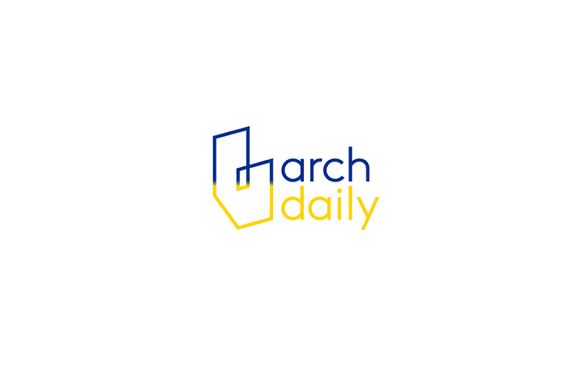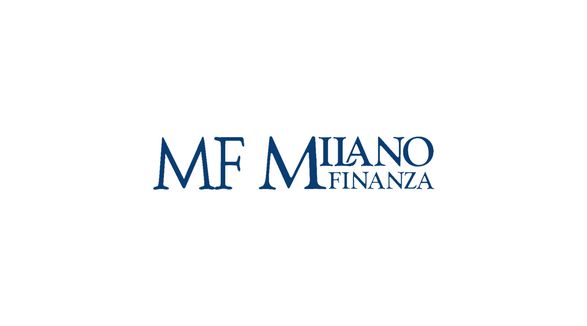A forest among skyscrapers for Coima

Published
19 Dec 2018
Reading
4 min
by Laura Verdi
Coima’s new headquarters is a small gem designed by Mario Cucinella Architects among gigantic skyscrapers. Coima is the real estate development company behind Milan’s Porta Nuova district […]. Architect Mario Cucinella tells us more about his idea of architecture and sustainability. The building rises high in front of the UniCredit Pavilion – with which it creates a dialogue, thanks to the use of wood on the façade – and at the foot of the soon-to-be-built Unipol Group Business Center, the 100m tall building with 22 stories above ground.
Mario Cucinella’s project for the Coima headquarters has won the 2013 invitational design competition and stood out as the most sustainable and functional solution that also paid special attention to public spaces. The Coima building completes the Porta Nuova area, connecting the urban fabric with the nearby Biblioteca degli Alberi (Tree Library) park.
Mario Cucinella uses wood to add rhythm to the Coima building façade
This solution expresses Cucinella’s take on the relationship between natural and artificial, with two “sheets of bark” that enclose the transparent glass structure – the central core of the building – on the northern and southern sides. These two wings are made of glulam ribs, which are slightly taller than the building, positioned 75 cm apart. These ribs follow the main alignment of the elevations but gradually start tilting in plan view, thereby creating a shape that diverges from the façade.
The two wings continue beyond the building towards the Pavilion and open to the square. The building conveys an idea of openness to the outside through its transparent façades but also of a volume enclosed by wooden elements resembling tree trunks, which protect its glazed core. The ribs, which shield the glazed façade, are secured at the base and anchored in four points to a metal structure using tubular steel beams, which serve as bracing poles.
The Coima headquarters: a 2000 m2 complex
The Coima headquarters stands out from any other similar building. The building designed by architect Mario Cucinella is five stories in height above ground and has a 2000 m2 surface with a retail area on the ground floor and business and office spaces on the other floors. The new building is constructed over an existing reinforced concrete structure with three underground floors, which house the parking lots and retail spaces. The new and existing structures will have a rigid connection whose development is underway.
MSC Associati – the firm that took care of the structural part of the project – has analyzed the overall behavior of the resulting structure subject to static and dynamic loads. Based on this analysis, the existing structures will be reinforced by adding new loadbearing walls and increasing the number of bracings. […]
Environmental sustainability starting from the technical systems
Based on the cost-benefit analysis, a building integrated photovoltaic system was installed on the roof to ensure high performance. This grid-connected photovoltaic system has a net metering system and an overall peak power of about 79 kWp. It consists of 228 modules for a 375 m2 roof and three static converters. The photovoltaic generator consists of monocrystalline modules with a 25-year warranty extended to performance. Efficiency will be no less than 90% of the nominal value for the first 12 years and no less than 80% of the nominal value for the following 13 years. The groundwater heating and cooling system located in the basement is a low-consumption alternative to traditional heating and cooling systems. Hot and chilled water is produced by exploiting maximum efficiency with minimum noise and no local emission of carbon dioxide. The system draws water at a constant temperature from deep wells. This type of system can produce hot water (42 °C) and chilled water (8 °C) at the same time and can discharge excess thermal or cooling capacity in a common loop.
A setback to create a square
The side of the building facing Via Melchiorre Gioia features a structural setback at ground floor level. This is a specific architectural choice that results in a misalignment between the entrance and the main façade structure to create a square. The load resulting from the interrupted façade pillars is transferred on two highly rigid beams with concentrated load at the end and a cantilever span of approximately 4 meters. Designing these beams was a complex task, not only from a static point of view but also to control the deformation field, which was reduced as much as possible to ensure that the architectural finishes worked well.










